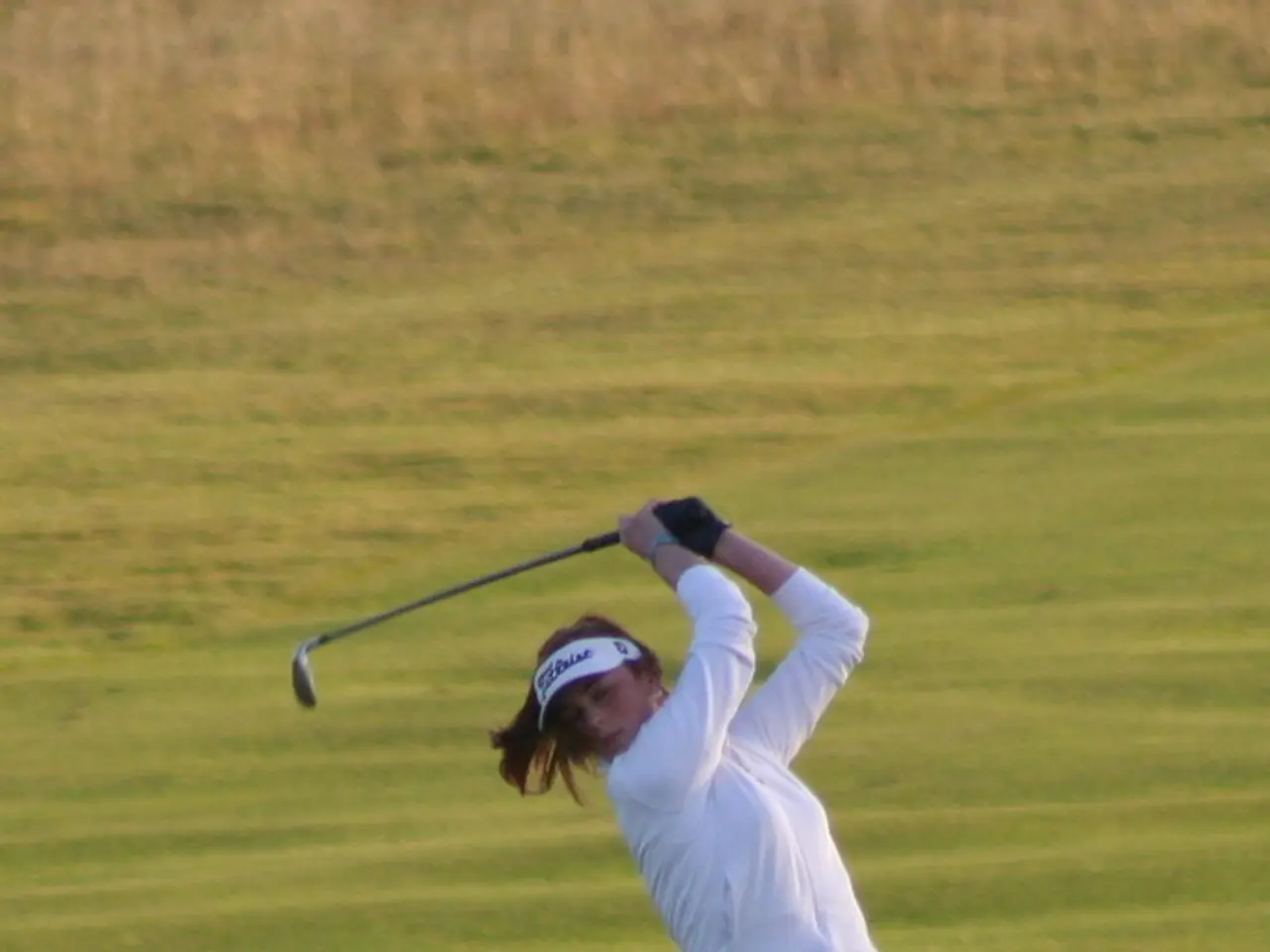Benefits of Physical Activity in Alleviating Tennis Elbow Condition among Golfers
Golfer's elbow, medically known as medial epicondylitis, is a common condition that causes pain and inflammation in the tendons connecting the forearm muscles to the inner side of the elbow. While it is often associated with golfers, anyone who repetitively uses their forearm muscles can be affected.
Symptoms of golfer's elbow include pain and tenderness on the inner side of the elbow, stiffness in bending the elbow, weakened grip strength, and numbness or tingling sensations in the ring and little fingers. If you are experiencing these symptoms, it is important to seek proper diagnosis and treatment from a healthcare professional.
A healthcare professional can provide a comprehensive assessment and develop a treatment plan tailored to your specific needs. Exercise plays a crucial role in managing and relieving golfer's elbow by improving the strength and flexibility of affected muscles and tendons, reducing pain, and promoting healing.
Exercise for golfer's elbow relief may include activities that stretch and strengthen the forearm muscles, such as wrist curls, wrist extensions, and forearm rotations. For example, the forearm pronation and supination exercise involves holding a light dumbbell or can of soup, rotating the forearm, turning the palm up and down, repeating for 10-15 times for each direction.
It is advisable to consult with a healthcare professional or physical therapist to develop a personalized exercise plan. They can guide you on the appropriate exercises to perform, the number of repetitions, and the intensity of the exercises. Using a brace or support for the elbow during exercises can also help reduce strain and promote proper healing.
In addition to exercise, maintaining a healthy lifestyle supports the healing process. Proper nutrition and hydration are essential, as they provide the necessary nutrients for tissue repair and help maintain optimal body function. Incorporating overall fitness and conditioning, such as cardiovascular exercises like swimming or cycling, can improve circulation and promote healing.
It is important to remember that rest is also essential in the recovery process. Resting the affected elbow and avoiding activities that cause pain are crucial steps in managing golfer's elbow. Ice or heat therapy can also be used to alleviate pain and inflammation.
Exercise is one component of golfer's elbow treatment. Other forms of treatment such as physical therapy or medications may also be necessary. For more information on golfer's elbow treatment, visit the provided clinic's website.
TheraBand FlexBar exercises are another effective method for golfer's elbow relief. These exercises were developed by the American company Performance Health, originally introducing the device in the 1990s under the TheraBand brand for hand and wrist rehabilitation. Specific instructions provided by a healthcare professional should be followed to perform these exercises effectively.
Grip strengthening exercises, such as squeezing a soft stress ball or tennis ball for 5-10 seconds, can also help relieve golfer's elbow symptoms. Eccentric wrist curls, which involve lowering a weight by bending the wrist downwards and using the unaffected hand to bring the weight back up, can also be beneficial.
In conclusion, golfer's elbow is a common condition that can affect anyone who repetitively uses their forearm muscles. Symptoms include pain and tenderness on the inner side of the elbow, stiffness in bending the elbow, weakened grip strength, and numbness or tingling sensations in the ring and little fingers. Seeking proper diagnosis and treatment from a healthcare professional is important, and exercise plays a crucial role in managing and relieving golfer's elbow. A personalized exercise plan, rest, a healthy lifestyle, and possibly other forms of treatment such as physical therapy or medications may be necessary.
Read also:
- Understanding Hemorrhagic Gastroenteritis: Key Facts
- Stopping Osteoporosis Treatment: Timeline Considerations
- Tobacco industry's suggested changes on a legislative modification are disregarded by health journalists
- Expanded Community Health Involvement by CK Birla Hospitals, Jaipur, Maintained Through Consistent Outreach Programs Across Rajasthan








